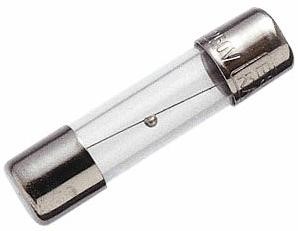In photovoltaic installations, DC fuses are primarily used to protect the system wiring from getting too hot and catching fire. They are also used to protect modules from catching fire or from becoming more seriously damaged if a short circuit occurs.
In normal operation, the fuse must ensure the conduction role. In case of an electrical fault (abnormally high current compared to the nominal current), the fuse – which consists of metal strip or wire element – insure the role of electrical current interruption: the fuse melts due to energy transfer caused by the electrical fault.
From our solar park asset management experience, these little devices can turn to be critical components in case of a bad sizing. Indeed, we noticed, in several solar farms, abnormal rates of fuse melting-down which lead to high decrease of the installation performance. This is even more critical as a melted fuse is often very difficult to locate (unless string monitoring is installed).
There are two main causes for these inopportune melt-downs:
- Thermal cause: the junction boxes housing the fuses are not well sized and lead the fuse to overheat. In this case, the solution would be to replace junction boxes by proper ones.
- Electrical cause: the amperage rating or current-carrying capacity must match the full-load current of the circuit as closely as possible. If the fuses are undersized, they will blow too easily. A replacement of the fuses by higher rated fuses is often the solution.
Fuses melt-down can of course, lead to important losses of production during operation phase. Greensolver, strongly recommends to give a particular attention to the fuses size and junction boxes during the photovoltaic park design phase as it could help you reduce the risks during operation phase.
A meticulous technical due diligence on the solar farm can also help you identify and manage this issues before production losses occur.
Don’t hesitate to contact us!


